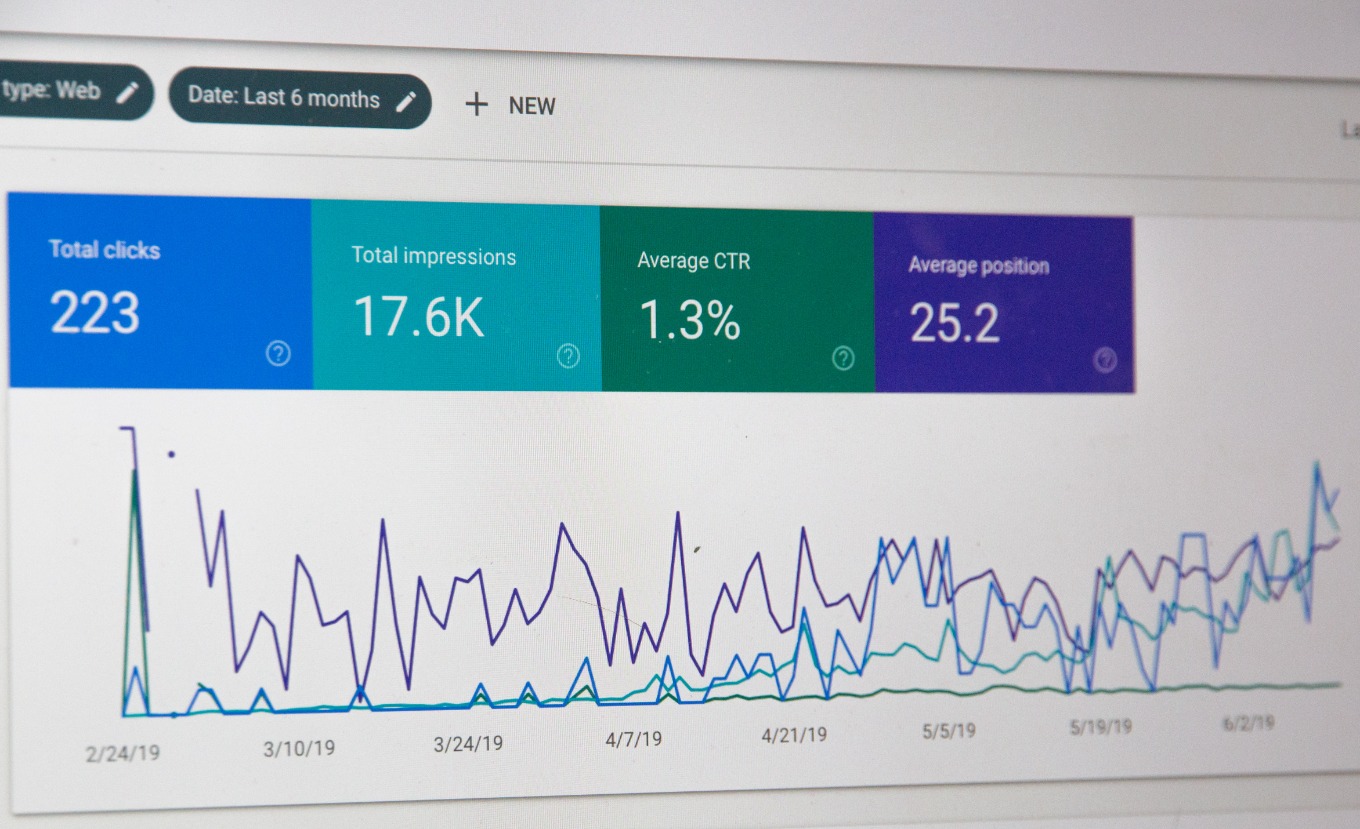The Future of Burial Insurance for Seniors: Predictions and Emerging Trends
As we traverse the contours of time, insurance has become an integral part of our lives - a safety net providing peace of mind against the uncertainties of the future. One such coverage, which has seen growing interest particularly among the elderly demographic, is burial insurance. This policy, also known as final expense insurance, serves to cover the cost of funerary services and related expenses, alleviating the financial burden on surviving family members.
For several decades, burial insurance has been a consistent facet in the repertoire of many insurance providers. However, like any sector of the economy, it is not immune to shifts in societal attitudes, technological advancements, and changes in legislation.
The current landscape of burial insurance for seniors is one of relative stability. Nonetheless, it is crucial to examine the horizon for potential trends and disruptions that could influence the future of this sector. Drawing on key insights from various pertinent disciplines such as economics, law, mathematics, and social sciences, we journey through the possible trajectories for the future of burial insurance for seniors.
One emerging trend is the increasing digitization of the insurance sector. Technological advancements have facilitated the transition from paper-based transactions to online platforms, a move that has significantly streamlined the operational processes of many insurance providers. This shift has potentially profound implications for seniors who are not as tech-savvy as their younger counterparts. It necessitates adaptation and learning, which can be a daunting prospect for some. However, the benefits of digitization - such as convenience and efficiency - could outweigh these concerns in the long run.
In terms of legal considerations, the advent of the Affordable Care Act (ACA) in the United States has had ripple effects on the broader insurance industry, including burial insurance. The ACA introduced regulations that prohibit insurance providers from denying coverage or charging higher premiums based on pre-existing conditions. While the ACA specifically pertains to health insurance, it reflects a broader societal movement towards greater inclusivity in insurance coverage, which could impact the accessibility and affordability of burial insurance for seniors in the future.
From a socio-economic perspective, we are currently witnessing a shift in societal attitudes towards death and dying. More people are embracing the concept of death positivity, a movement that encourages open conversations about death and promotes acceptance of death as a natural part of life. This shift could influence the demand for burial insurance, as more seniors might feel comfortable planning for their eventual departure and the subsequent financial implications.
Using predictive modeling, a common mathematical tool utilized by insurance companies for risk assessment and policy pricing, one can anticipate a slight uptick in burial insurance premiums. This projection is primarily based on the expected increase in funerary costs due to inflation, which insurance providers would likely pass on to policyholders.
While these predictions and emerging trends offer valuable insights, they remain speculative to a certain extent. The future, after all, is an unfathomable ocean of variables and potentialities. However, by keeping abreast of these trends and equipping ourselves with knowledge, we can better navigate the evolving landscape of burial insurance for seniors.
In conclusion, the future of burial insurance for seniors is not set in stone but is influenced by a myriad of factors, including technology, legislation, societal attitudes, and economics. As we move forward, it will be fascinating to see how these factors shape this sector and what the implications will be for seniors seeking to mitigate the financial responsibilities that come with passing on. Ultimately, the goal is to ensure that seniors can find peace in their final years, knowing that they have made provisions to lessen the financial burden on their loved ones after they are gone.
One emerging trend is the increasing digitization of the insurance sector, a move that has significantly streamlined the operational processes of many insurance providers and has potentially profound implications for seniors who are not as tech-savvy as their younger counterparts.






